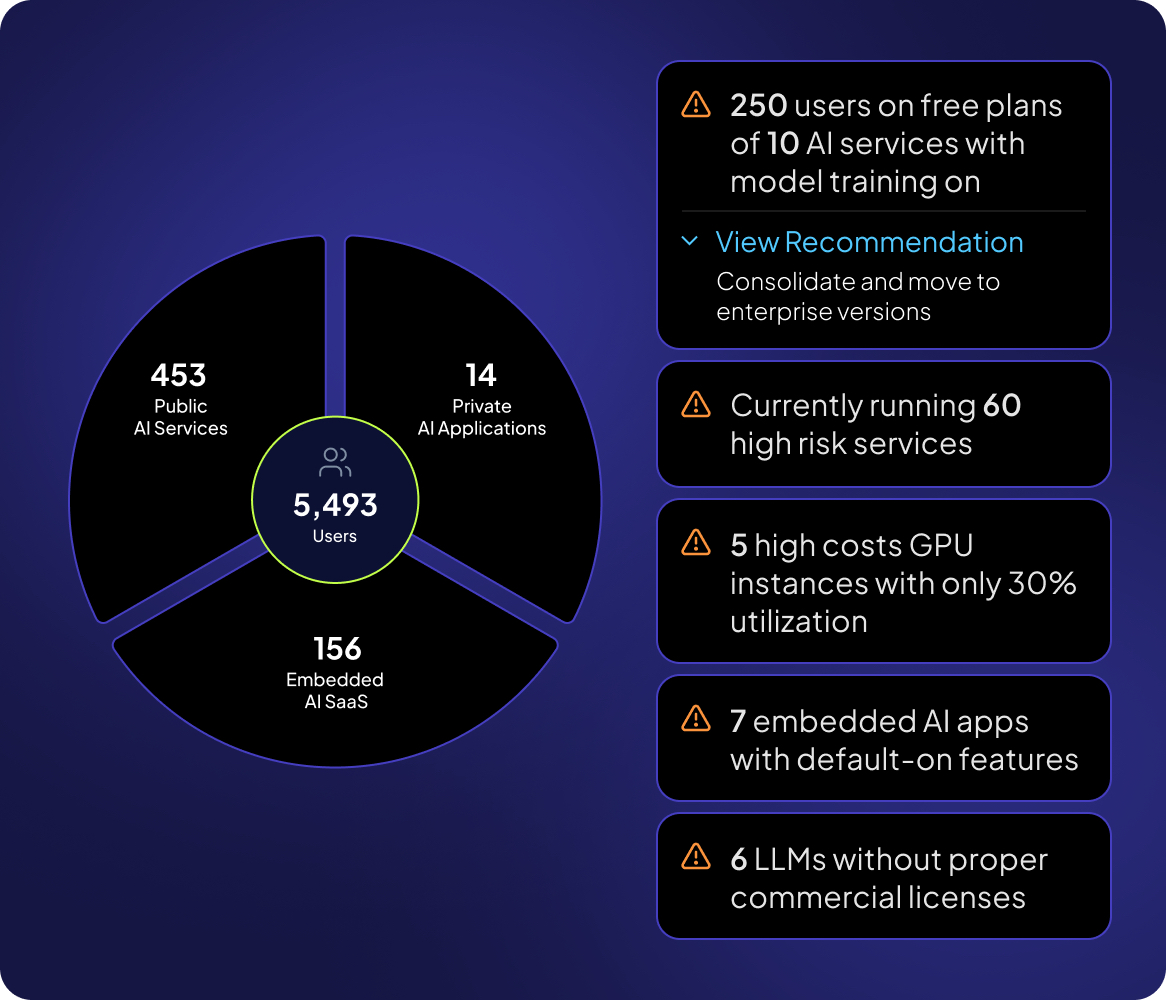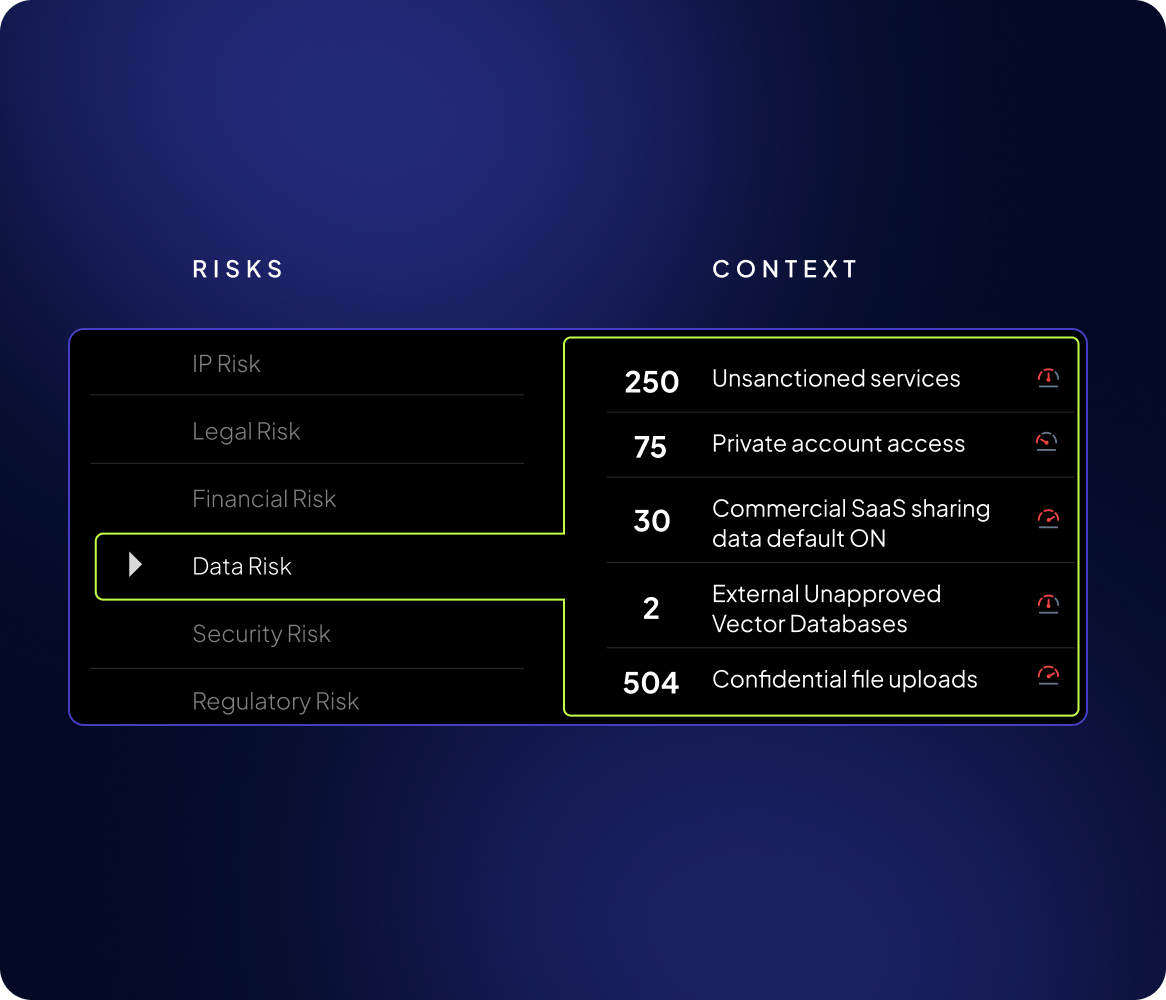The AI Governance Tightrope: Enabling Innovation Without Compromising Security
Cybersecurity leaders are facing a critical inflection point. The rapid emergence of artificial intelligence technologies presents both unprecedented opportunities and significant risks for enterprise organizations.
Shiv Agarwal, founder and CEO of Singular AI, understands this challenge intimately. During an exclusive interview at Black Hat, he shared insights that cut to the heart of the AI governance dilemma facing today’s CISOs.
“Most enterprises were behind the eight ball when cloud happened, when digital transformation occurred,” Agarwal explained. “With AI, the velocity of technology is so massive that resistance is futile.”
The Traditional Security Playbook is Obsolete
For decades, security teams operated with a straightforward mandate: block, restrict, and control. But AI demands a fundamentally different approach.
CISOs can no longer simply write policies prohibiting AI usage. Employees will find workarounds, and talented professionals may even leave organizations perceived as technologically restrictive.
Agarwal’s perspective is clear: “Governance doesn’t mean blocking. Governance means providing the right context and enabling safe innovation.”

The Three-Dimensional Chess of AI Risk Management
Modern AI governance requires a multi-layered strategy that encompasses:
- Comprehensive Discovery
- Intelligent Vetting
- Continuous Monitoring
- Dynamic Policy Enforcement
“When big changes have come, such as cloud adoption or digital transformation, most enterprises started late and ended up playing catch-up,” Agarwal noted.
With AI, the stakes are exponentially higher.
The Collaboration Imperative
One of the most critical shifts is the required collaboration between IT and security teams. No longer can these departments operate in siloed environments.
“This is the biggest technological shift that will happen,” Agarwal emphasized. “The CIO and CISO absolutely must come together.”

Practical Governance in Action
Consider a real-world scenario from a Bay Area technology company with 7,000 employees. By implementing a strategic AI governance framework, they:
- Standardized AI tools across categories
- Transitioned to enterprise-grade versions with enhanced privacy controls
- Created a warning system for unauthorized AI tool usage
- Maintained an innovation-friendly environment
The Key Metrics That Matter
CISOs need actionable metrics to demonstrate AI governance effectiveness. Recommended tracking includes:
- Vetting speed for new AI technologies
- Adoption rates of sanctioned tools
- Reduction in unsanctioned AI usage
- Risk mitigation percentages
Technology as an Enabler, Not a Barrier
The most successful security leaders will view AI governance as an opportunity to transform their organizational culture.
By providing safe, vetted alternatives instead of blanket prohibitions, CISOs can position themselves as innovation partners.
“Suddenly, you’re still an enabler of AI,” Agarwal explained. “Rather than creating a Wild West scenario, you’re moving toward a more secure corporate posture.”
Practical Next Steps for CISOs
Artificial intelligence is reshaping the security landscape, creating both powerful opportunities and unprecedented risks. For CISOs, the challenge is no longer whether to govern AI but how to do so effectively, without slowing innovation.
Singular AI helps organizations bridge this gap by turning AI governance into a practical, actionable discipline – aligning business strategy with secure adoption.
The following next steps provide a clear roadmap for CISOs who want to move from uncertainty to confidence, ensuring that AI is deployed responsibly, monitored continuously, and embedded within a resilient governance framework.
- Audit current AI usage across your organization
- Develop a comprehensive AI governance framework
- Invest in discovery and monitoring technologies
- Create cross-functional AI governance teams
- Establish clear, flexible policies that balance innovation and risk
The Future is Collaborative
AI governance is not a destination but a continuous journey. The most successful organizations will create adaptive frameworks that can evolve as quickly as the underlying technologies.
Author’s Note: This exclusive interview was conducted live at the 2025 Black Hat Conference in Las Vegas, providing unprecedented insights into the future of AI security governance.
Learn more at https://www.singulr.ai/
About the Author
 Pete Green is the CISO / CTO of Anvil Works, a ProCloud SaaS company and co-author of “The vCISO Playbook: How Virtual CISOs Deliver Enterprise-Grade Cybersecurity to Small and Medium Businesses (SMBs)”. With over 25 years of experience in information technology and cybersecurity, Pete is a seasoned and accomplished security practitioner.
Pete Green is the CISO / CTO of Anvil Works, a ProCloud SaaS company and co-author of “The vCISO Playbook: How Virtual CISOs Deliver Enterprise-Grade Cybersecurity to Small and Medium Businesses (SMBs)”. With over 25 years of experience in information technology and cybersecurity, Pete is a seasoned and accomplished security practitioner.
Throughout his career, he has held a wide range of technical and leadership roles, including LAN/WLAN Engineer, Threat Analyst, Security Project Manager, Security Architect, Cloud Security Architect, Principal Security Consultant, Director of IT, CTO, CEO, Virtual CISO, and CISO.
Pete has supported clients across numerous industries, including federal, state, and local government, as well as financial services, healthcare, food services, manufacturing, technology, transportation, and hospitality.
He holds a Master of Computer Information Systems in Information Security from Boston University, which is recognized as a National Center of Academic Excellence in Information Assurance / Cyber Defense (CAE IA/CD) by the NSA and DHS. He also holds a Master of Business Administration in Informatics.
